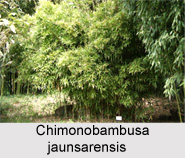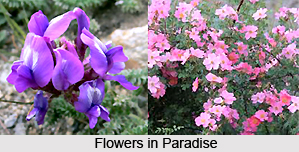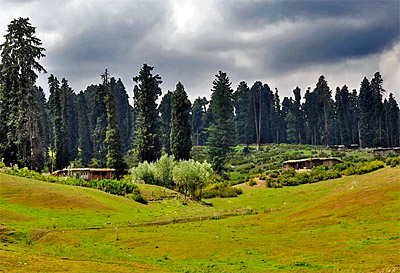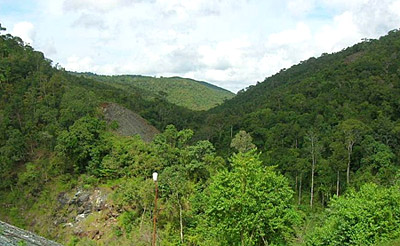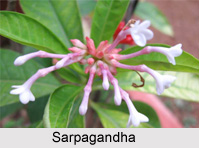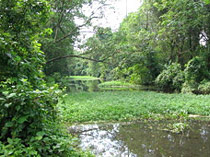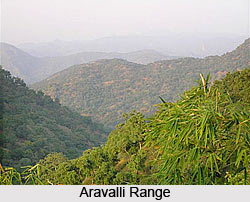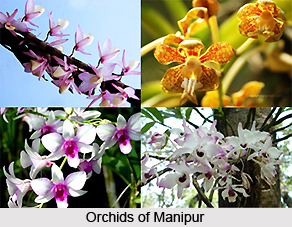 The state of Bihar is located in the eastern part of India. It is the third-largest state in India by population and has an area of about 94,163 square kilometers. The ancient universities of India like Nalanda, Vikramashila and Odantapura were located in this state, which primarily supported "educational tourism" here. Bihar is rich in ancient monuments, archaeological sites, forts, pilgrimages, museums, eco center and fairs and festivals which draw a plethora of tourists here. Bihar also has a number of wildlife sanctuaries. These wildlife sanctuaries are described below.
The state of Bihar is located in the eastern part of India. It is the third-largest state in India by population and has an area of about 94,163 square kilometers. The ancient universities of India like Nalanda, Vikramashila and Odantapura were located in this state, which primarily supported "educational tourism" here. Bihar is rich in ancient monuments, archaeological sites, forts, pilgrimages, museums, eco center and fairs and festivals which draw a plethora of tourists here. Bihar also has a number of wildlife sanctuaries. These wildlife sanctuaries are described below.
Kaimur Wildlife Sanctuary
Kaimur Wildlife Sanctuary is located near Bhabhua in Kaimur District. Occupying an area of about 1,342 square kilometers, it is the largest sanctuary in the state. This sanctuary is occupied by animals like Bengal tigers, Indian leopards, four-horned antelope and Indian boars. Some of the birds recorded in the sanctuary are peafowls, grey partridges and quails.
Bhimbandh Wildlife Sanctuary
Bhimbandh Wildlife Sanctuary is located in the south west of Munger district at an elevation of about 80 m. It was established in 1976 and occupies an area of about 681.99 square kilometers. Some of the inmates of the sanctuary are grassland, forest, tiger, leopard, wild bear, rabbit, monkey, cheetal, barking deer, nilgai and bird like peafowl and quail.
Udaypur Wildlife Sanctuary
Udaypur Wildlife Sanctuary is located in West Champaran district, in the Lower Gangetic Plains moist deciduous forests eco-region. It was established in 1978 and occupies an area of about 8.74 square kilometers. Geographically, the sanctuary is a wetland located on an oxbow lake in the floodplain of the Gandaki River. This sanctuary is adorned with swamp forests, dry riverine forests and khair-sissoo forests. It shelters a variety of water birds, both resident and migratory.
Rajgir Wildlife Sanctuary
Rajgir Wildlife Sanctuary is situated at Rajbir, about 102 km from Patna. It occupies an area of about 36 square kilometers. This sanctuary is rich in tropical deciduous forests, rare species of plants and trees. Some of the animals protected here are hyenas, leopards, nilgai and barkind deer.
Gautam Budha Wildlife Sanctuary
Gautam Budha Wildlife Sanctuary is located in Gaya district of Bihar and Koderma district of Jharkhand. It was established in 1976 and occupies an area of about 259 square kilometers. This sanctuary is adorned with dry and moist sal forests, ravine thorn forest and tropical dry riverine forest.
Tigers, leopards, wolves, sloth bears, chitals, chinkaras and many species of birds are the other occupants of the sanctuary.
Other Wildlife Sanctuaries of Bihar
Topchanchi Wildlife Sanctuary and Hazaribagh Wildlife Sanctuary are the other Wildlife Sanctuaries of Bihar.
